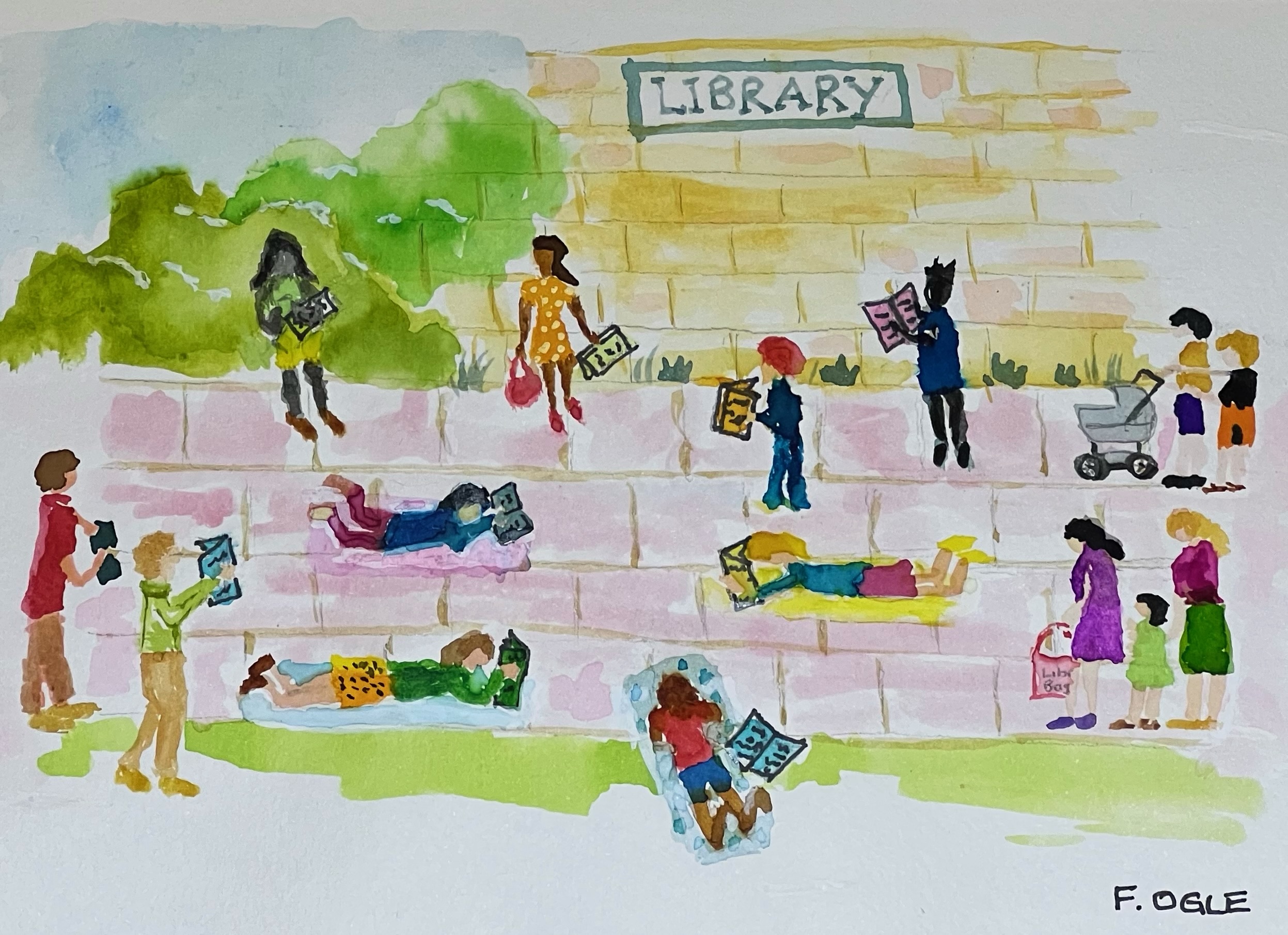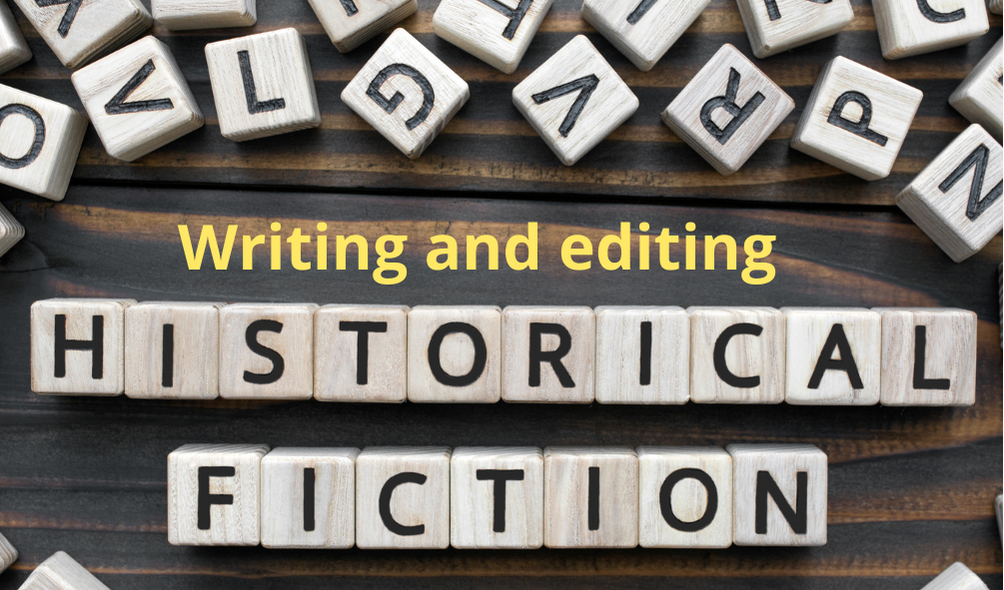
Myths and misconceptions abound online about what to do when you have completed the draft of your manuscript. In this post I unpack a few of those and offer some tips for your next steps.
In recent years, especially since the COVID-19 pandemic, I have witnessed an increase in contact online between writers and editors and their respective communities.
My sense is that, overall, this is good for both sides: new and aspiring writers can ask questions and get answers – often in real time – straight from “the horse’s mouth”, and editors can connect directly with potential clients.
Collectively, online groups and communities can help to demystify the editorial process. Ideally, writers can find out about different approaches to producing a book, as well as indicative costs and what to look for in an editor.
This opportunity for two-way Q&A has the added possible benefits of saving time for everyone and reducing the burden on individual editors having to explain the same thing each time they receive a new enquiry.
But the reality is often far from the ideal. I have witnessed some truly diabolical situations play out in these spaces. Admittedly, this is probably no different to what occurs in many, if not most, online groups.
Example
A first-time author announces that they’ve just completed their first draft and asks their online group for advice on the next step(s). In the (often hundreds) of responses there’s likely to be some typical responses, such as that the author needs to:
- Register their copyright.
- Sign up with an agent.
- Get a beta-reader, or put the manuscript through a few rounds of beta-reading.
- Get a manuscript assessment.
- Get a developmental edit, followed by a line edit (here in Australia we call it a style edit) and a copyedit.
- Get several sample edits to help decide on the best match with an editor.
- Dispense with all the above because the responder can do a quick proofread for $300.
Some responses may be based on a smattering of fact or good advice, but most are just plain wrong.
Let me tackle each of those in turn.

1. Registering your copyright
This is not necessary in Australia and Aotearoa New Zealand. A writer’s work is automatically copyrighted the moment they create it, so there is no registration process.
It’s a good idea to add the copyright symbol (©) and your name to your manuscript before you send it to anyone, as a reminder that it is protected by copyright. A simple way to do this is to add it to the running header or footer in your manuscript.
2. Signing with a literary agent
Getting an agent is about as tricky as getting a publishing contract, especially if you are a first-time author. There aren’t many literary agents in Australia and Aotearoa New Zealand, and those we have are in great demand. They can take their pick of new and experienced authors clamouring for representation.
My advice is that most unpublished authors do not need an agent, and are unlikely to attract one unless they meet some fairly stringent criteria. As a first step, visit the website of the Australian Literary Agents’ Association or the New Zealand Society of Authors Te Puni Kaituhi o Aotearoa (PEN NZ) Inc to find out more.
3. Beta-reading
A beta-reader is someone who reads your manuscript in the early stages of its development. It’s a common practice in fiction genres (e.g. sci-fi, fantasy, romance, young adult fiction) to ask one or more beta-readers who are fans of the genre (or author), for their response to a story as well as to specific elements such as plot, character, beginnings and endings. Sometimes a manuscript in a nonfiction genre, like self-help, can benefit from being read by people who are closely familiar with the genre.
Getting your manuscript read by beta-readers is not a requirement of publishers or agents. Some think it’s a good idea, others not so much. This is something to discuss it with your (prospective) agent, publisher or editor, or ask authors who have published in the same genre about their opinion or experience. But ultimately it’s up to you.
If you decide to go down this route, keep in mind that there may be an expectation of recompense – maybe a free copy of the book when the book is published, or perhaps a fixed upfront fee. It’s important to clarify this upfront. (I have written about alpha, geta and gamma reading in my book, Editing for Sensitivity, Diversity and Inclusion: A guide for professional editors, 2nd edition, 2023.)
4. Manuscript assessment
As advice goes, this may well be the best tip in the list above. A manuscript assessment can provide you with an independent, professional opinion of whether your manuscript is ready for editing or submission to an agent or publisher.
5. Get a development edit, line/style edit, copyedit, proofread
These industry terms can be mindboggling for writers new to the game. Take some time to read about each type of editing service and where it fits in the publishing process:
Not all manuscripts need all these stages or services, so be guided by the recommendations of the manuscript assessor or editor and by your own sense of what will help to make your manuscript the best it can be before you submit or publish it.
Having said that, though, keep in mind that every manuscript needs to be edited, and after design and layout every manuscript needs to be proofread, preferably by a different editor/proofreader. I’ve been a professional editor for decades, and still my own manuscript benefitted from the expertise of a professional editor and an independent proofreader after design and typesetting (layout).
If you’re planning to publish the book yourself, you will need to engage the relevant professionals, so make sure you understand what each service provider does and costs.
If you plan to submit the manuscript to an agent or publisher, it does not need to be completely polished, but it does need some preparation.
Preparing your manuscript for assessment, editing or submission
Make sure you complete your draft (and revisions) before you submit your manuscript, or hire an assessor or editor. Take the time to format the manuscript and proofread it so that the assessor/editor/agent/publisher can focus on the content without constantly being tripped up by typos and spelling errors.
The industry standard is Microsoft Word (MS Word). If you use a different program (like Pages or Scrivenor or Googledocs), export (convert) your manuscript to MS Word, save the file, then choose the simplest formatting:
- A4 page size with mirrored margins of about 2.5cm
- a common font style, like Times New Roman, in 12pt
- generous line spacing (double) with no hard spaces between paragraphs
- use the Format function in MS Word to set indented lines and spaces before or after a paragraph – don’t insert soft returns, manual tab spaces or multiple character spaces.
Learn to style
Learn how to use Styles in MS Word. This will save you time and money in the long run and, more importantly, will save your editor headaches trying to wrangle your manuscript into shape when they could be focusing on your plot and character development.
If your manuscript has been converted from a different program, there may be a fee for the editor to complete the conversion if your manuscript is not properly styled. Apply styles to all text in your manuscript, including the main/body text, headings, subheadings, numbered and bullet points, shaded/boxed text, captions, placeholders or instructions for the designer or typesetter etc.
If you’re including photos, figures/charts/diagrams, tables or other images, don’t paste them into the manuscript. Instead, use a placeholder, which is a line of text that serves as an instruction and a description of the image. This will help to ensure the file size of your manuscript is manageable, as large files can be tricky to send by email and are easily corrupted, and will save time and cost for design/layout. The designer or typesetter usually strips all images from manuscripts prior to layout, anyway.
Below is an example of a placeholder (highlighted), which gives the instruction to the designer/typesetter, as well as the number and title of the image. In this example, the “2” means the image is to appear in Chapter 2, and the “3” means it’s the third image in the chapter. Sometimes people use a solidus (/) or a hyphen instead of a point (so, “2/3” or “2-3) instead of “2.3”).

When you use placeholders to indicate where images are to be placed in the book’s design, you will need to supply the images separately (in high resolution), along with an Artwork list. As the name suggests, this is a list of images to appear in the book, in order of placement. Below is an extract of an Artwork list, showing the description and further instructions for the example of Figure 2.3.

6. Sample edits
You may be keen to find out what an editor can do for your manuscript. I think the best way to do that is to have a conversation with an editor (or two). If you’re still unsure, the editor may offer a sample for an upfront fee, which may be deducted from the project fee if it goes ahead.
I blame rogue online groups for spreading the idea that authors are entitled to a free sample edit. By all means ask, but be prepared for a polite refusal. And if the editor you ask does agree, make sure you know what to ask for in your sample edit, what to look for when you receive it, and what to conclude from it. How will it help you decide on which editor to engage for your manuscript?
Some editors are quite comfortable with the idea of providing (free) sample edits, but it sends shivers down my spine every time I see a post online about this, for three reasons.
Believe it or not, but this is a true story. Every now and then an author gets the idea that they can save money by asking a bunch of different editors for a sample edit, giving them each a different part of the manuscript and then using the sample edits to avoid paying for a full edit. We editors call this a time-wasting “frankenedit” because the inevitable result of this cheapskate move is a monster far worse than the original manuscript. By reading only a portion of the manuscript, none of these editors is going to pick up holes in the plot or problems with characterisation (for example), and there is unlikely to be consistency in style and language across the narrative. In other words, a dog’s breakfast.
Related to that is the utility of the sample edit – or rather, the lack of utility. For one, there’s no such thing as a sample developmental edit. Having read just one or two thousand words, how could an editor possibly comment on the plotline, the relationships between characters, whether the ending works? These critical elements require the editor to work at the whole-manuscript level. For another, the effectiveness of a style (line) edit is only possible if we can ensure a consistent writing style and narrative voice across the entire manuscript. And finally, a sample copyedit is, predictably, a waste of time: (a) when the language code (e.g. Australian English) and preferred style guide, dictionary and style sheet dictate most of the edit, anyway; and (b) any competent accredited editor should be able to provide an efficient service.
The third reason is that if I were to offer a sample edit to every author who enquires about my services, I could spend my entire working day doing free edits. That would be okay if I were a not-for-profit organisation with sponsorship or external funding, but I’m not. I get a lot of enquiries, which is great, but I’m a consultant running a small business, not a charity. (Besides, my family expects to eat, to live in a house and to enjoy the fruits of my labour.)
Instead of wasting the author’s time and my own with a “sample edit”, I prefer to have a proper conversation. I stand on the record of my three-plus decades of experience, testimonials on my expertise and warmly collegial working relationships with authors, publishers and other clients, and my academic qualifications, honours and awards. A brief conversation by phone or videochat means we can introduce ourselves, discuss our respective expectations and decide whether we’ll make a good editorial match. And all of this starts with a desire for friendly, convivial exchanges, based on reciprocated respect and trust. There’s no hard feelings if at the end of the chat we decide we’re not going to make a good fit.
7. The cheap proofreader
This post by an editor colleague in the UK gives a good outline of Why editing is so expensive.
Since you’ve come this far in reading my post, I probably don’t need to say this (but I will), As in life, so in editing: you get what you pay for.
And if I’m honest, when you decide to hire me to assess or edit your manuscript, you don’t even get to choose two of three options in the triangle of iron service.
If the job is worth doing, it’s worth doing well.




